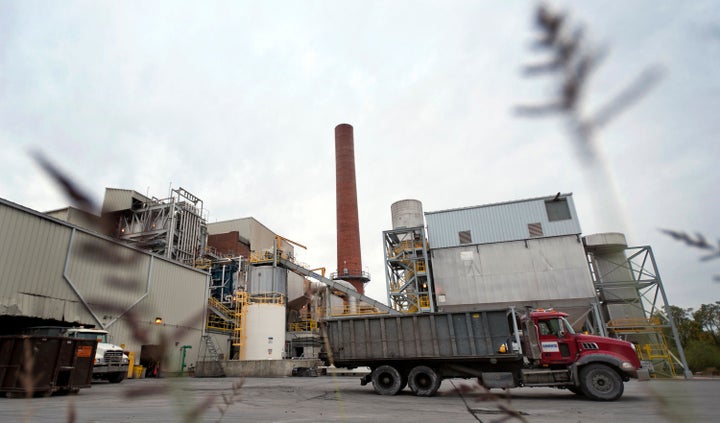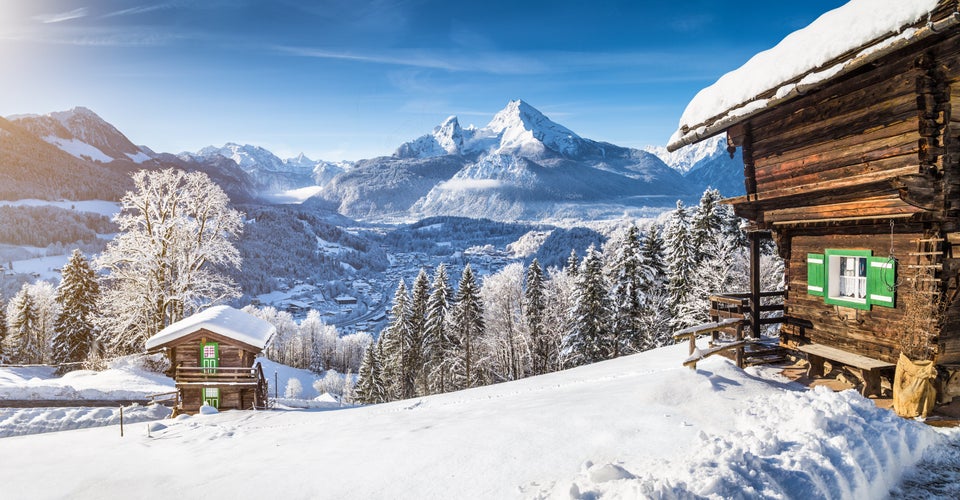Advocates for the trash-incineration industry are trying to sink an effort to get nearly 1,500 cities behind 100 percent renewable energy, according to an email obtained by HuffPost.
The U.S. Conference of Mayors, the largest nonpartisan coalition of city executives in the country, is set to vote Monday on a proposal to make converting to zero-emissions energy a top priority, laying out a policy framework for making the shift. If approved, the resolution would be the broadest rejection yet of President Donald Trump’s decision to withdraw the United States from the Paris climate deal to reduce planet-warming emissions. But first, the motion must clear the organization’s energy committee.
On Friday, the Energy Recovery Council ― a trade group representing companies that operate most of the country’s 77 power plants that burn solid waste ― asked its members to send letters to the committee’s 13 members and urge them to block the motion because it doesn’t include burning garbage as a source of renewable energy.
The email, sent by association President Ted Michaels to the roughly two dozen cities with trash-incineration plants, included a prewritten letter. It’s unclear if the companies in the trade group were also encouraged to join the campaign.
“ERC is sending a letter to the USCM Energy Committee expressing opposition to the proposed resolution,” Michaels wrote in the email. “It would be extremely helpful if ERC Municipal Members would also communicate opposition to the proposed policy by emailing the Energy Committee. I have attached a short letter for you to use.”

Michaels did not respond to a request for comment for this article.
Electricity from trash incineration makes up only a tiny fraction of the U.S. output. In 2015, waste-to-energy plants produced roughly 14 billion kilowatt-hours burning about 29 million tons of garbage, according to data from the Energy Information Association. By contrast, renewable energy from sources such as hydropower, wind and solar made up nearly 15 percent of the 4.08 trillion kilowatt-hours generated last year.
At the same time, incinerators do help reduce the waste pileup. In 2014, incinerators diverted 13 percent of the nation’s 258 million tons of solid waste from landfills.
Still, incinerators are by far the most expensive source of electricity, with a projected capital cost of $8,232 per kilowatt for new waste incinerator facilities, according to the EIA’s 2010 annual energy outlook report. In 2011, Harrisburg, Pennsylvania, became the largest U.S. city to declare bankruptcy amid the skyrocketing cost of operating an aging incineration facility.
Detroit taxpayers have spent over $1.2 billion on debt payments from the construction and upgrading of the world’s largest trash incinerator, according to the nonprofit Zero Waste Detroit. As a result, residents have had to pay high trash disposal fees of over $150 per ton. The city could have saved over $55 million in just one year if it had never built the incinerator. Last year, amid mounting odor violations, an environmental group sued the plant.
Waste-to-energy plants have a huge environmental impact. In 2004, New York state denied incinerator facilities entry to the state’s renewable energy standard because mercury-emission measurements from such facilities four years earlier were on average six times higher than coal, according to a 2011 article in Scientific American.
This article has been updated to reflect that the initial metric of kilowatt hours provided by EIA in reference to new capital costs should have been kilowatts.


